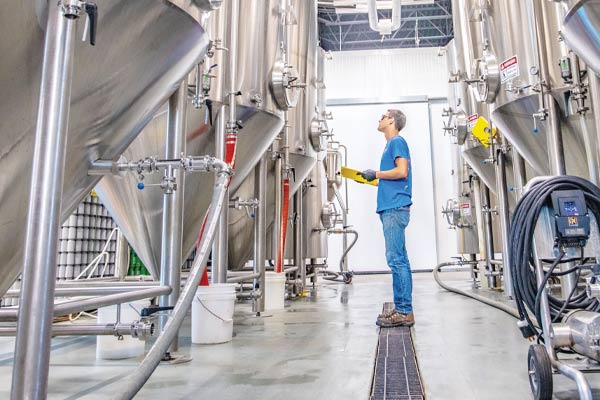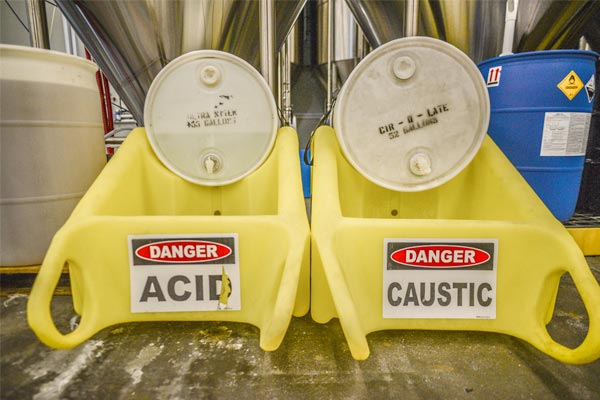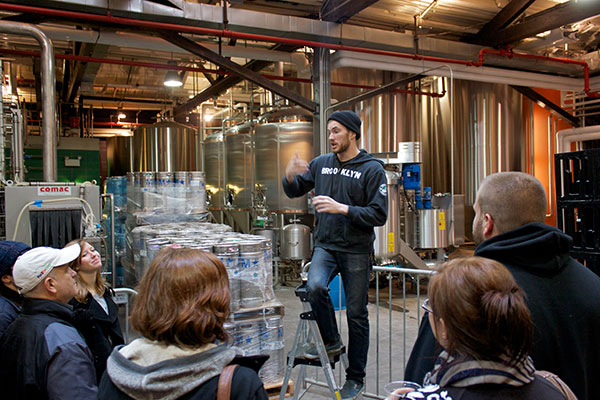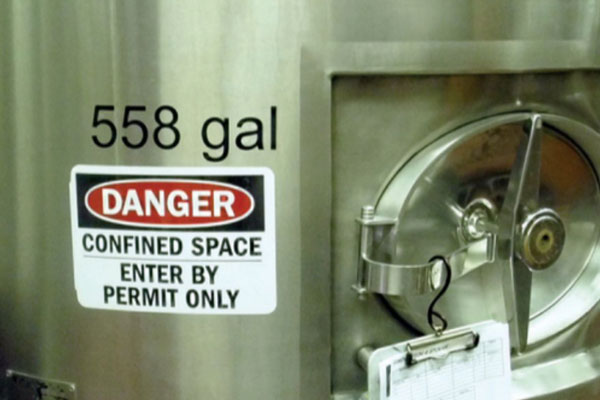
Boilover Protection
A critical safety control for all tanks capable of boiling is the inclusion of a boilover protection system. Surprisingly, many brew kettles sold in the U.S. do not have one.
You are using an outdated browser not supported by The Brewers Association.
Please consider upgrading!
All brewers should conduct periodic hazard analysis in order to establish safety practices that address the particular challenges found in their brewery. Establishing a sound safety program is an ongoing process that includes recognizing hazards and learning how to mitigate them. Use the resources in this category to help your brewery prepare and prevent accidents before they happen.

A critical safety control for all tanks capable of boiling is the inclusion of a boilover protection system. Surprisingly, many brew kettles sold in the U.S. do not have one.

Author Matt Stinchfield explores steps taken to reduce or eliminate any known or anticipated hazard in a brewery environment.

Taking the pulse of your brewery’s safety climate involves assessing whether commonly used chemicals are handled properly and safely on your premises.

Brewery tours are often an important element of branding strategy. However, breweries do present significant hazards. How can a brewery protect itself from potential problems?

Your brewery contains a variety of safety hazards. Collectively, these hazards and your existing company culture define your safety culture. How does yours measure up?

Breweries are full of confined spaces, from grain silos to brewhouse vessels. All of them need inspection, cleaning, and repairs at one time or another. What’s a brewer to do?

Common brewing ingredients, in the right (or wrong) conditions, can present a much greater hazard than fire, in the form of a flash fire (fireball) or explosion.

How do nanobreweries develop proper cleaning protocols and safely handle the chemicals needed for the process? Established brewers share their experiences.